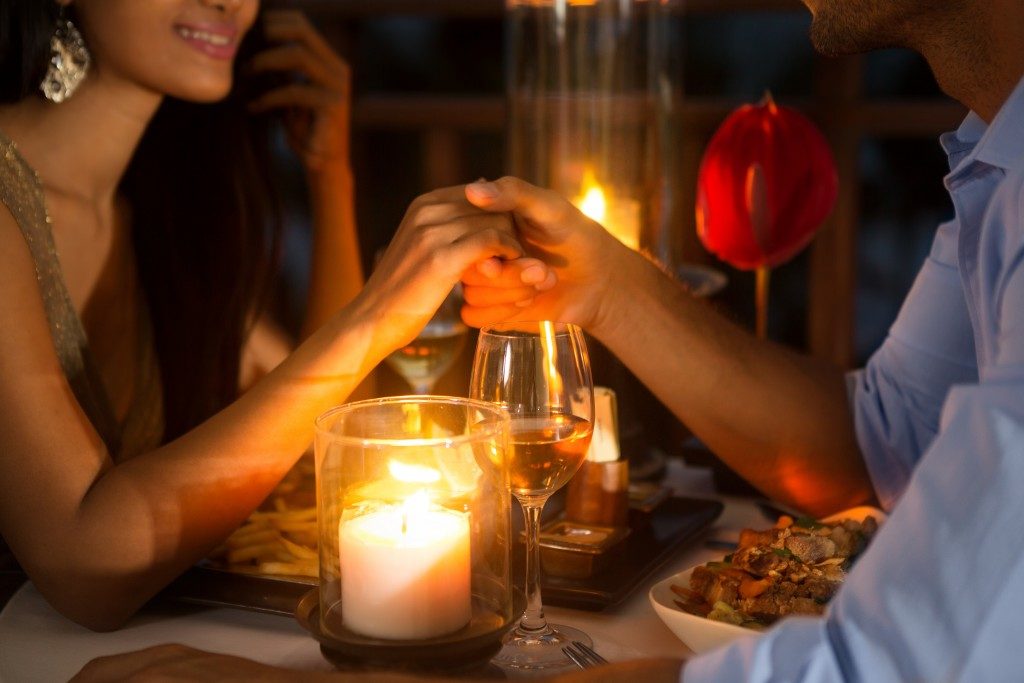Whether you are celebrating a major milestone or simply enjoying a time off, a lot of moments go great with a glass of sparkling wine. But as refreshing it is to drink some bubbly, finding the best bottle can be a not-so-relaxing experience.
To smoothly sift through the options on the market, just follow these tips.
Know the difference between your drinks
You have probably sent or received sparkling wine, champagne, cava or prosecco as gifts, or maybe you have just tasted any of them, but did you know about their differences?
“Champagne” is a prestigious label reserved only for the sparkling wine made in the Champagne region in France. The wine is made of the area’s traditional grapes (pinot noir, pinot meunier and chardonnay) and goes through a traditional winemaking technique, wherein the wine is fermented in the bottle instead of in tanks — a method known as méthode traditionelle or méthode champenoise.
The types of grapes made to create champagne are among the most expensive, which is the reason for the high price point of the drink. Compared to cava and prosecco, champagne has the finest fizz and is the least sweet.
Cava has to come from a specific region in Spain, mostly in Catalonia. Its name is the Spanish word for “cave” or “cellar”, as early cava makers used to preserve and age the wine in caves. It is also made using the méthode traditionelle, but with less expensive grapes than champagne (macabeo, xarel-lo and parellada), resulting in a lower price. Cava’s bubbles are finer than prosecco and larger than champagne. It is usually sweeter than champagne, too.
Made in Italy, prosecco wines follow the Charmat method, in which the liquid is fermented in tanks first and bottled afterwards. It primarily uses Glera grapes from the Veneto region in Northern Italy. Prosecco tends to be less expensive and sweeter than champagne and cava. Its fizz is coarsest among the three.
All other fizzy wines that are not made using the traditional winemaking methods are called sparkling wine. It can also come from any location in the world.
Choose your level of sweetness

To level out the acidity, sugar is added to sparkling wines at the last stage of production. The resulting bottle will be labeled according to how much it was sweetened. You need to consider this for food pairings.
Doux is the sweetest label and is best with desserts such as creme brulee.
Demi sec is typically the sweetest level of prosecco, although doux tends to be sweeter. It is ideal with most desserts, as well. Sec is not as sweet as demi sec and is an ideal drink after dinner. Extra sec is even less sweet, usually of moderate sweetness, and is great for savoury meals and happy-hour buffets. Demi sec, sec and extra sec also pair well with spicy Asian dishes.
Brut and extra brut are dry versions. The freshness and lively acidity of brut makes it suitable for aperitifs, shellfish and raw or fried fish. Extra brut is the driest form of champagne, and goes well with any kind of pasta and cheese platters.
Whether you are gifting it or having it yourself, go for a bottle that suits yourself and the celebration. There is great wine at every price point, so you do not have to break the bank. Sparkling wine is meant to be smooth and refreshing, from choosing a bottle, to popping one open and enjoying a fizzy glass.



